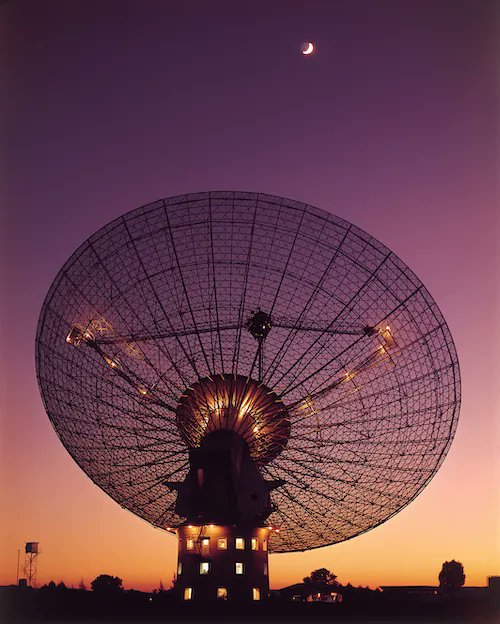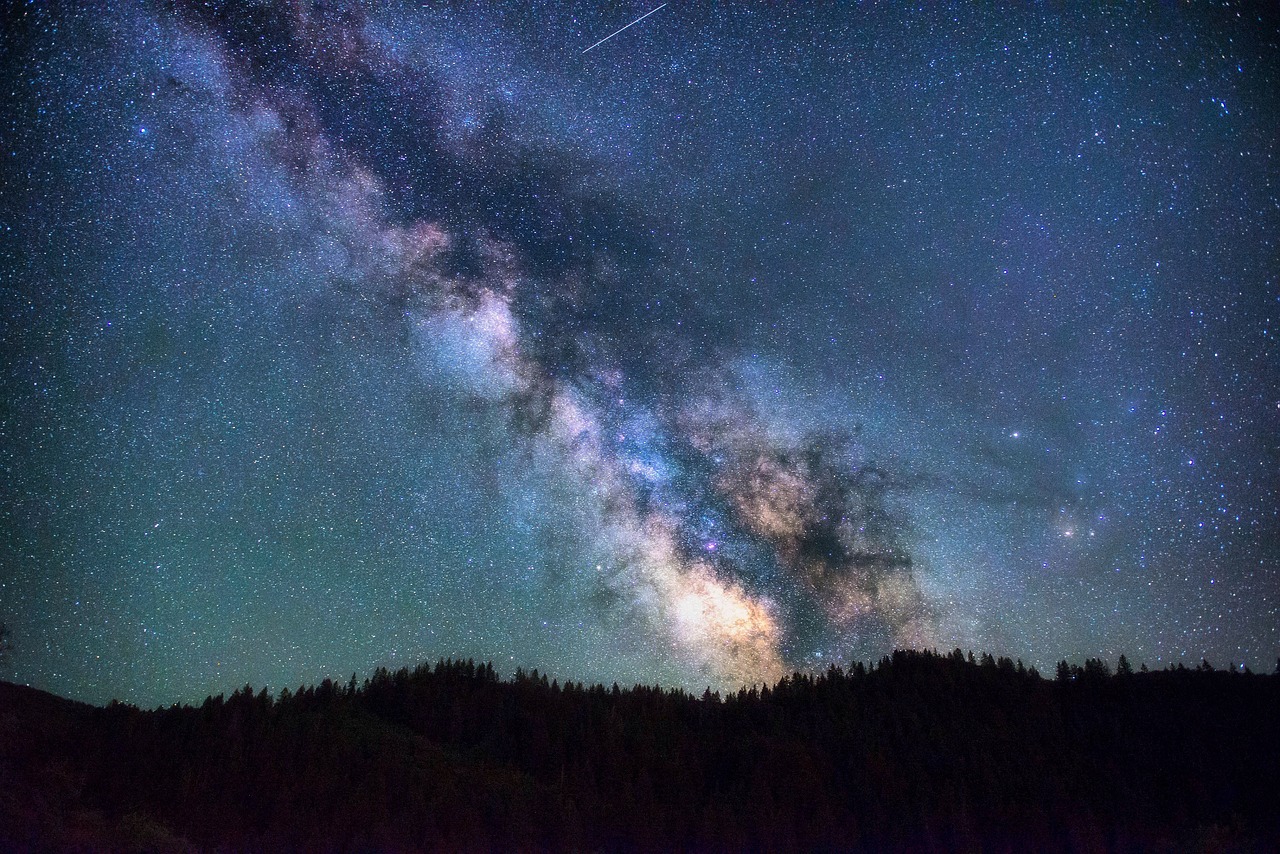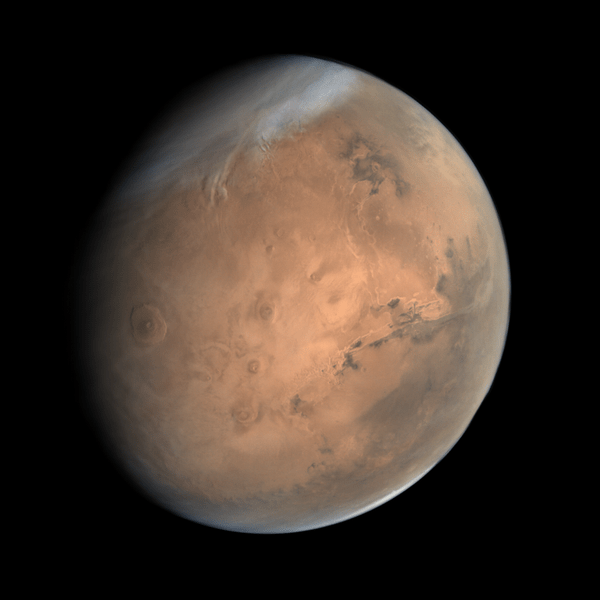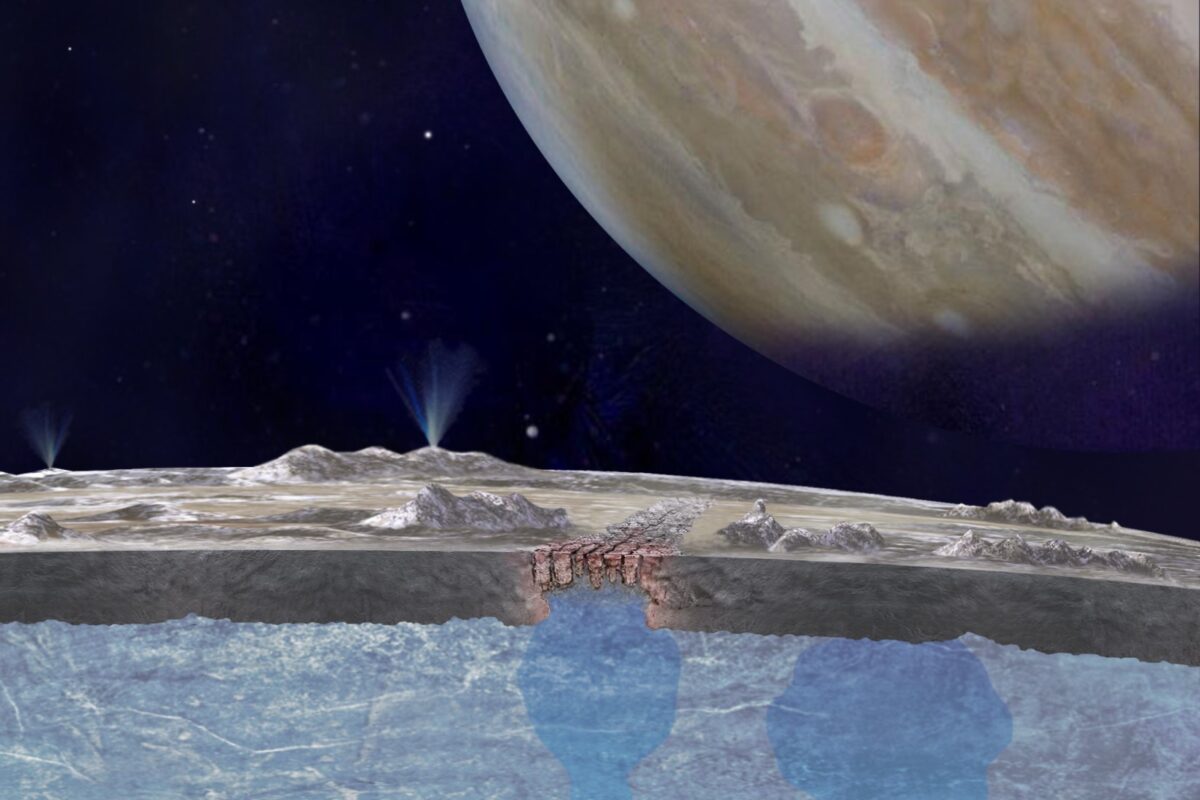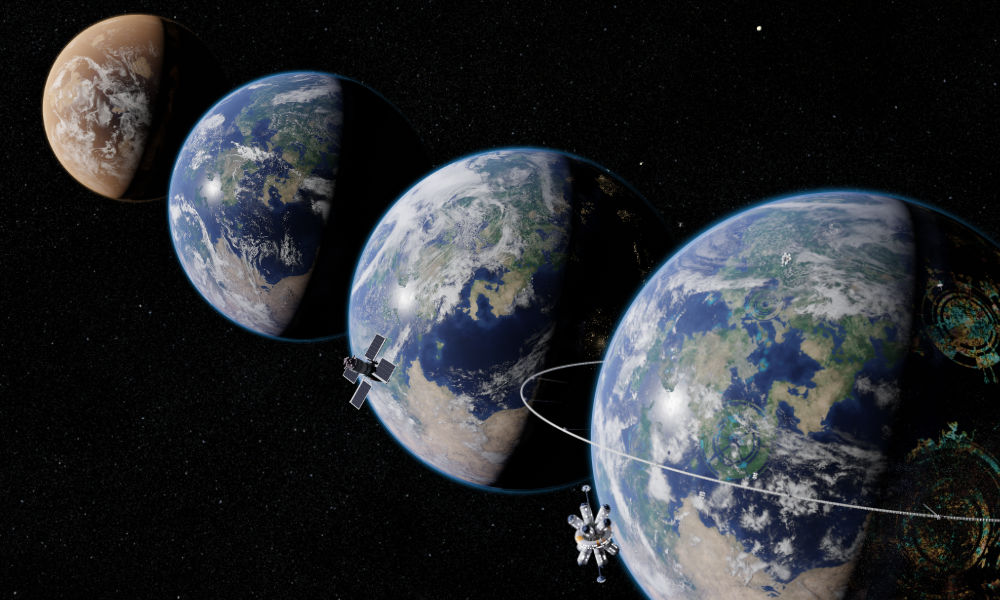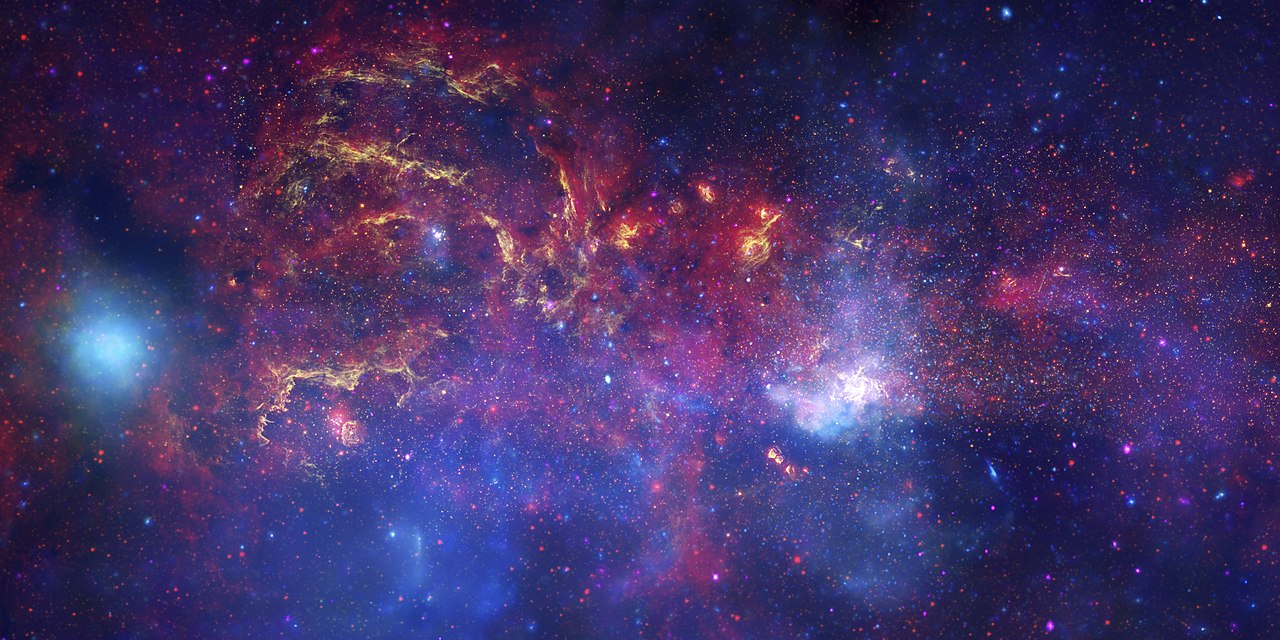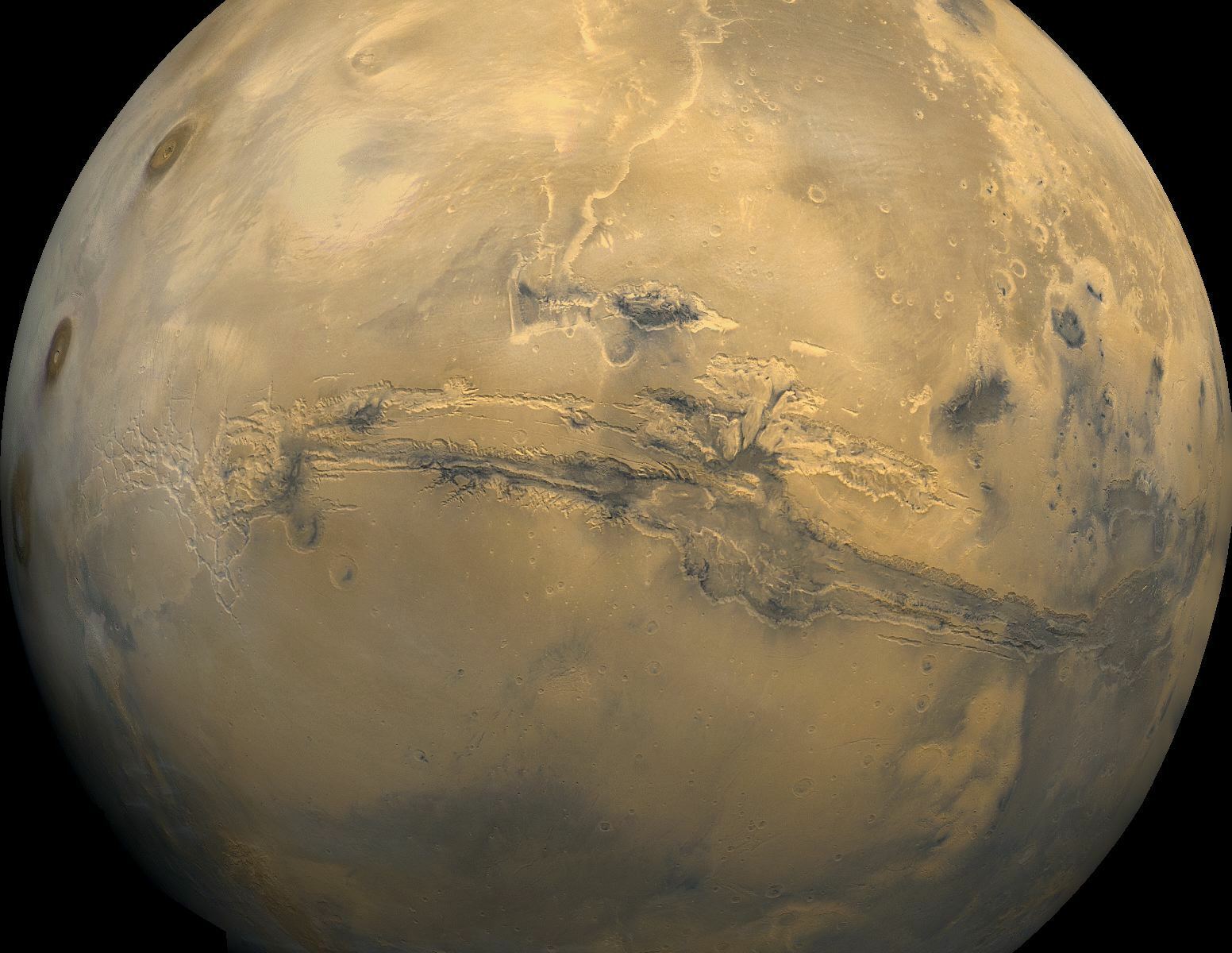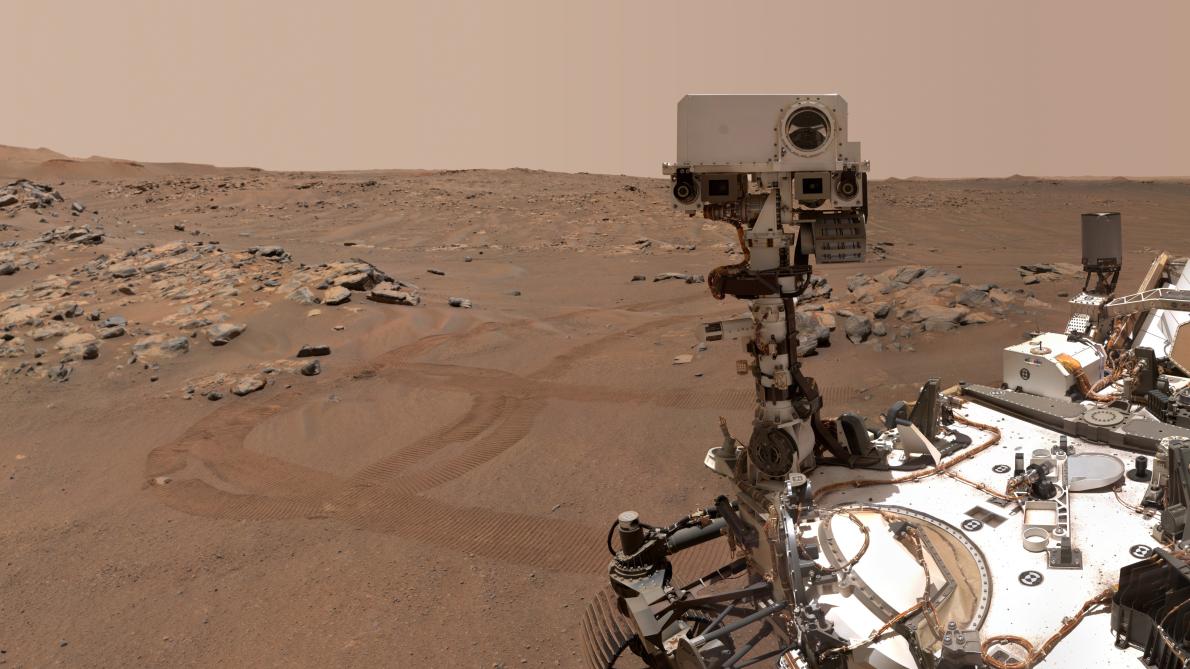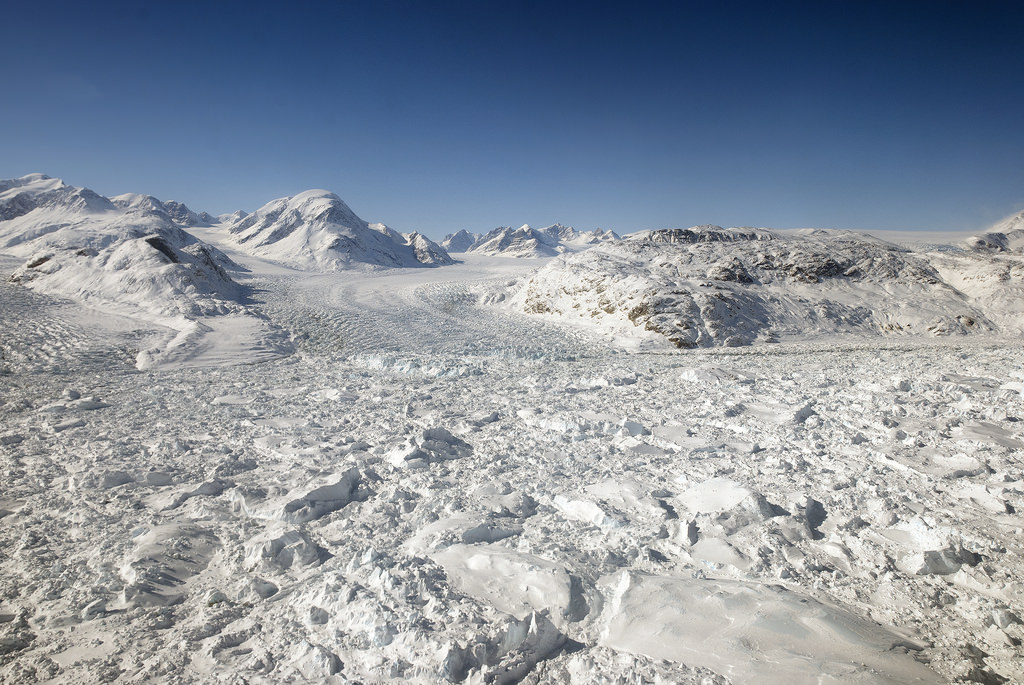In a recent paper submitted to The Astronomical Journal in November 2022, a scientist at the Swiss Federal Institute of Technology Lausanne quantifies how the Earth has not heard a radio signal from an extraterrestrial technological civilization over the course of approximately the last 60 years, which is when the Search for Extraterrestrial Intelligence (SETI) began listening for such signals. They also quantify the potential likelihood pertaining to when we might hear a signal, along with recommending potential strategies that could aid in the ongoing search for detecting a signal from an extraterrestrial technological civilization.
Continue reading “Does Failing to Detect Aliens Mean We’ll Never Be Contacted?”Does Failing to Detect Aliens Mean We’ll Never Be Contacted?
